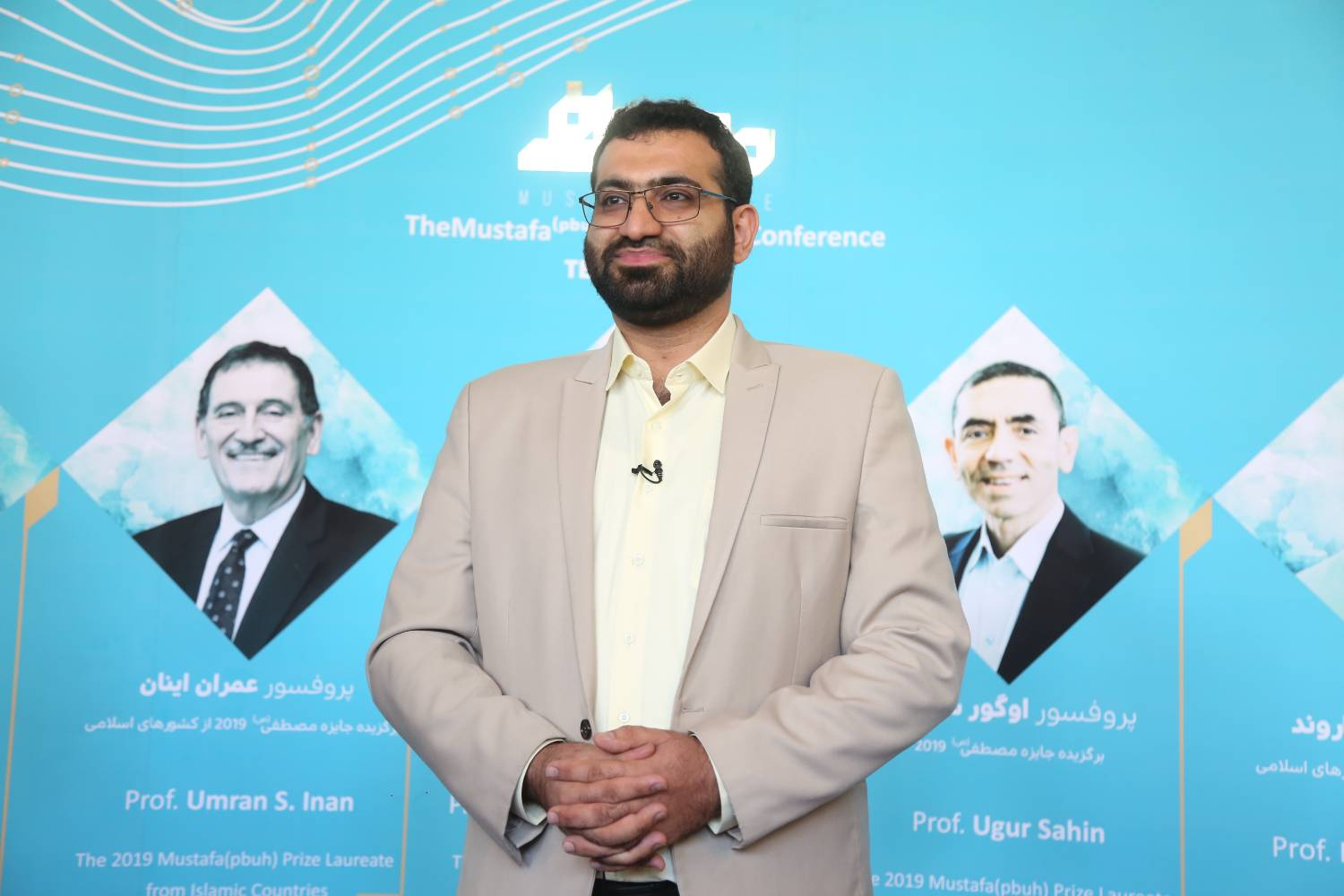Translating Cancer Cell Behavior into electronic language


MSTF Media reports:
A cell is the smallest structural and functional unit of living organisms. It consists of a membrane, genetic material, cytoplasm, and organelles. Cells can grow and divide through a process known as the cell cycle. This division varies depending on its purpose and the type of organism. The cell cycle is divided into several distinct stages, with specific proteins ensuring the accuracy of the division at the end of some phases. If cells continue to divide indiscriminately, beyond the natural cycle, they turn into cancerous cells, which may cluster together to form tumors.
Modern Technologies in Cancer Diagnosis and Treatment
According to reports from the World Health Organization (WHO) and the International Agency for Research on Cancer (IARC), over 2.3 million people worldwide were diagnosed with breast cancer in 2020. Among various types of cancer, breast cancer is the most common in women, though men are also at risk. This report covers just one type of cancer; in modern medicine, effective diagnosis and treatment of cancer remain among the greatest challenges. This complex disease demands innovative solutions based on cutting-edge scientific advancements.
The Intersection of Electronics and Medicine
There are two approaches to diagnosing and treating diseases in medicine. The first one is the biochemical approach, which serves as the foundation of medical science. The second one, emerging from successive technological revolutions, is the integration of medicine and electronics, known as bioelectronics.
Mohammad Abdolahad is a pioneer in bioelectronics in Iran. He is a graduate in electrical engineering; however, he entered this interdisciplinary field through collaboration with medical science experts, achieving significant breakthroughs in cancer diagnosis and treatment. In an interview with Observatory, Mohammad Abdolahad describes his work as follows: "My colleagues and I tried to translate the series of events that occur in healthy and cancerous cells into electronic language, because everything has signals; even cancer cells''. What matters in this approach is understanding the protocol that generated the signal. Only then will the translation demonstrate its effectiveness and we can perform an accurate analysis of the signal and conclude the effectiveness of our hypothesis.
Hunter of hidden cancer cells
The migration of cancer cells, or metastasis, is one of the greatest challenges in cancer treatment. This cellular migration is the primary cause of recurrence in many cancers. Doctors and researchers strive to detect metastasis with high speed and precision to improve patient survival rates. For example, tumor metastasis is the main cause of 90% of deaths from breast cancer; therefore, determining its extent during treatment is of great importance.
One of Abdolahad and his colleagues' innovations is the CDP probe, a device that identifies residual cancer cells during surgery and assesses tumor metastasis, thus playing a key role in selecting treatment strategies. Another method used in surgery is frozen section analysis, which allows for tissue sampling to determine lymph node involvement—an essential factor in diagnosing cancer metastasis. However, frozen section analysis has only 75% accuracy and is costly and time-consuming.
In contrast, the CDP probe offers real-time detection, enabling surgeons to determine whether removed lymph nodes are cancerous. This feature aids the surgeon to make better decisions throughout the operation. Moreover, it can prevent recurrence by identifying contaminated tumor margins or those suspected of being contaminated. The device is particularly useful for hospitals lacking frozen section facilities.
Say goodbye to unnecessary surgeries
Another achievement of Abdolahad is the TN-IMS device, which utilizes electrical impedance spectroscopy to accurately identify high-risk thyroid nodules (abnormal tissue growth in the thyroid). This device prevents unnecessary surgeries by distinguishing malignant from benign nodules with 94% sensitivity and 87% specificity, eliminating the need for preoperative radiological reports. Its high precision ensures that only patients who absolutely need surgery undergo the procedure.
Inhibition of cancer cell proliferation
The early detection of cancer metastasis or micrometastasis represents a significant therapeutic challenge in oncology. Timely identification is critical for improving patient survival rates. The Metas-Chip device, a groundbreaking innovation by Abdolahad, is a microelectronic biochip engineered to detect micrometastases in biopsy specimens obtained from patients. This device is capable of identifying circulating tumor cells (CTCs) that have disseminated from the primary tumor site.
The device employs specialized traps (sensors) derived from human umbilical vein endothelial cells (HUVECs) to capture cancer cells. In this process, metastatic cells within the biopsy sample are selectively attracted to the HUVECs. After attaching to these cells and inducing measurable changes in the electrical response, they are detected by the device. This enables clinicians to accurately determine the presence or absence of high-risk metastatic cells and implement appropriate treatment methods.
Electroporation and Treatment-Refractory Cancers
For patients with cancers resistant to conventional therapies, innovative approaches are essential. One of these methods is irreversible electroporation (IRE) that was introduced by Mohammad Abdolahad. This technique is particularly effective in treating liver metastases, skin, and pancreatic cancers. The procedure involves applying an electric field to create nanoscale pores in the membranes of cancer cells. These pores significantly enhance the intracellular uptake of chemotherapeutic agents, such as bleomycin, by up to 700-fold, leading to targeted cancer cell apoptosis. This method is highly effective, spares healthy tissues, and improves therapeutic precision. As an advanced technology, electroporation holds great promise for improving the life quality of patients with treatment-refractory cancers.
Mohammad Abdolahad began his academic journey in electrical engineering, but his interdisciplinary vision propelled him to the forefront of modern biomedical technologies. Abdolahad and his colleagues have been able to prevent limb amputations in many patients with advanced cancers. Additionally, his innovations have been effective for patients deemed ineligible for surgical intervention. Abdolahad emphasizes the importance of fostering multidisciplinary education and investing in translational research to advance cancer biology understanding and enhance clinical care.